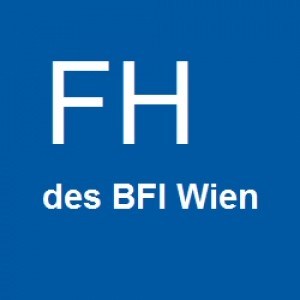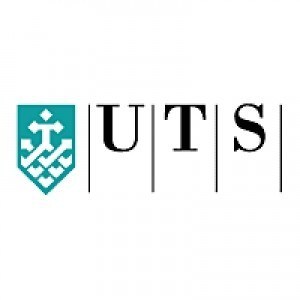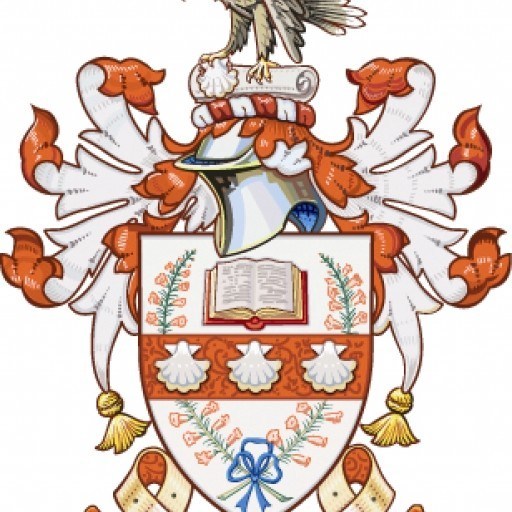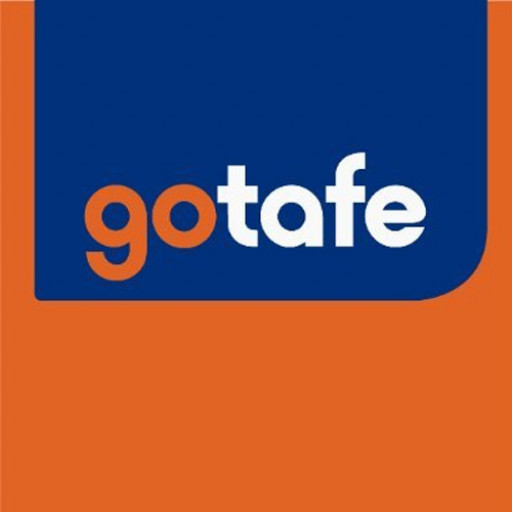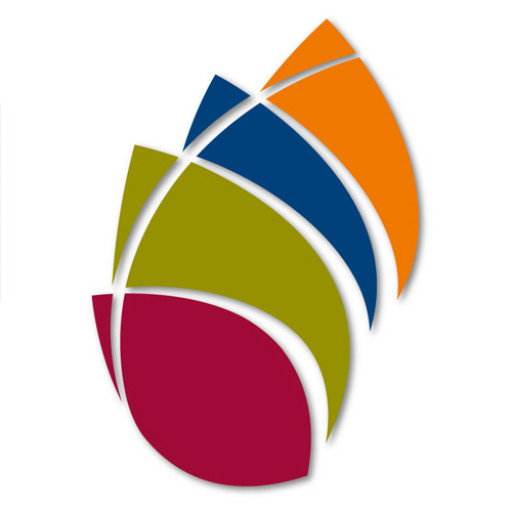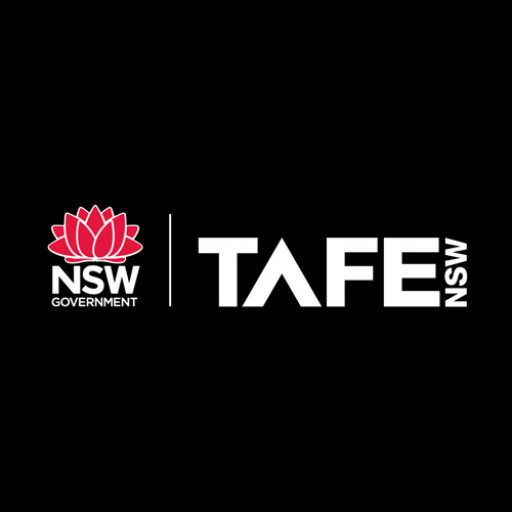Photos of university
Program overview: The Quantitative Asset and Risk Management (QARM) at Vocational Training Institute Vienna is a comprehensive and specialized educational program designed to equip students with advanced knowledge and practical skills in the fields of financial analysis, quantitative modeling, and risk assessment. The curriculum combines theoretical foundations with practical applications, preparing graduates for dynamic careers in asset management, financial consulting, and risk control within banking, investment firms, and insurance companies. Students will learn to develop and implement quantitative strategies, utilize sophisticated financial software, and interpret complex data to support decision-making processes. Emphasis is placed on risk management techniques, including market, credit, and operational risks, and the application of mathematical and statistical methods to optimize investment portfolios and safeguard assets. The program features courses such as financial mathematics, statistics, econometrics, portfolio management, derivatives pricing, machine learning, and financial regulations. Practical training modules include case studies, simulations, and internships in collaborating financial institutions, providing hands-on experience and industry insight. Graduates of the QARM program will possess the ability to analyze financial markets critically, create risk mitigation strategies, and utilize advanced quantitative tools. They will be well-prepared for roles as quantitative analysts, risk managers, asset managers, and financial consultants. The program aims to foster analytical thinking, problem-solving skills, and ethical standards necessary for successful careers in the rapidly evolving financial sector. With a focus on innovative techniques and real-world applications, the Quantitative Asset and Risk Management program at Vocational Training Institute Vienna offers a pathway to specialized expertise and professional excellence in financial risk analysis and asset management.
The Quantitative Asset and Risk Management program at the Vocational Training Institute Vienna is a comprehensive course designed to equip students with the essential skills and knowledge necessary for a successful career in the financial industry. This programme combines theoretical foundations with practical applications, emphasizing quantitative methods, risk assessment, and financial modeling to prepare graduates for the dynamic challenges of modern asset and risk management.
Throughout the course, students will explore core topics such as financial mathematics, statistical analysis, and computer-based modeling techniques. They will learn how to analyze financial markets, evaluate investment opportunities, and develop strategies for managing various types of financial risks, including market, credit, and operational risks. The curriculum integrates modern software tools and programming languages relevant to the field, enabling participants to efficiently interpret data, create predictive models, and make evidence-based decisions.
The programme also covers regulatory frameworks and compliance requirements, ensuring that students understand the legal and ethical considerations in asset and risk management. Emphasis is placed on practical exercises, case studies, and project work, allowing students to apply theoretical concepts to real-world scenarios. Internships with financial institutions and industry partnerships are often integrated into the programme, providing valuable hands-on experience and networking opportunities.
Graduates of this programme will be well-prepared for roles such as risk analyst, quantitative analyst, portfolio manager, or financial consultant in banking, investment firms, insurance companies, and asset management firms. The programme aims to develop analytical thinking, problem-solving abilities, and technical proficiency, making its graduates highly competitive in the evolving financial landscape. Whether starting a career or seeking to enhance existing skills, students can expect a rigorous education that balances academic excellence with industry relevance in the field of quantitative asset and risk management.
Entry requirements for the Quantitative Asset and Risk Management program at the Vocational Training Institute Vienna typically include a relevant secondary school leaving certificate or equivalent qualification that demonstrates strong mathematical and analytical skills. Applicants are expected to have a solid foundation in mathematics, including calculus, algebra, and statistics, as these are essential for understanding quantitative methods used in asset management and risk assessment. Proficiency in English or German is usually required, given the international nature of the program, with certificates such as TOEFL, IELTS, or any equivalent being acceptable proof of language competence. Some applicants may also be required to provide proof of prior work experience or internships in finance, risk management, or related fields, to demonstrate their commitment and practical knowledge of the sector. The selection process may include an interview, especially for candidates with less formal academic qualifications, to assess their motivation and aptitude for the subject matter. Additionally, the program may prefer applicants who have completed coursework or training in financial mathematics, programming languages such as Python or R, and data analysis. While specific prerequisites are outlined, the program is designed to be accessible to candidates with a strong interest in quantitative finance and a dedicated commitment to developing expertise in asset and risk management. The institute encourages applications from a diverse range of candidates, including recent graduates, professionals seeking advanced training, and individuals aiming to deepen their understanding of financial risk modeling and quantitative asset strategies. Language requirements are verified during the application process, and candidates are advised to provide comprehensive documentation to substantiate their academic and professional background. Overall, the admission criteria aim to ensure that students are adequately prepared to undertake rigorous coursework in quantitative methods, financial theory, and practical risk assessment techniques, which are central to the program's objectives of producing highly skilled professionals in the field of asset and risk management.
Program Financing: The Quantitative Asset and Risk Management program at the Vocational Training Institute Vienna is primarily funded through a combination of student contributions, governmental support, and institutional budget allocations. Students are required to pay tuition fees, which are set annually and may vary depending on residency status and specific course components. In addition to tuition, students may be eligible for scholarships or financial aid programs designed to support those demonstrating financial need or outstanding academic achievement. The institute works closely with national educational authorities to secure funding that ensures high-quality training and up-to-date content aligned with industry standards. The program also benefits from partnerships with financial institutions, which sometimes provide sponsorships or internships to participating students, further enhancing their practical training and employment prospects. The costs associated with resources, including expert faculty, state-of-the-art software tools, and necessary educational materials, are covered primarily through tuition fees and institutional budget, which is supplemented by industry collaborations. Students are encouraged to explore external funding options such as Erasmus+ programs or other European Union grants aimed at vocational training and professional development. The institute maintains transparent fee policies and ensures that financial support mechanisms are accessible to a diverse range of applicants, thus promoting inclusivity in gaining advanced education in asset and risk management. Overall, financing of the program reflects a comprehensive strategy combining public funding, institutional resources, and student contributions, aimed at maintaining the program’s high standards and ensuring sustainability in delivering specialized training designed for the financial sector.
The Quantitative Asset and Risk Management program at the Vocational Training Institute Vienna is a specialized course designed to equip students with advanced skills in financial modeling, quantitative analysis, and risk management techniques within the context of asset management. The curriculum focuses on providing a comprehensive understanding of financial markets, investment strategies, and the mathematical tools necessary to analyze and manage financial risks effectively. Students are introduced to key concepts such as portfolio optimization, derivative pricing, and statistical methods used in financial analysis. The program emphasizes practical application through case studies, computer-based simulations, and project work, enabling participants to develop real-world problem-solving skills. Participants also learn about regulatory frameworks, ethical considerations, and the use of state-of-the-art software to support quantitative decision-making processes.
The program is suitable for individuals aiming to pursue careers in asset management firms, investment banks, hedge funds, or financial advisory roles. It combines theoretical foundations with applied skills, preparing students for the dynamic challenges of modern finance. Instruction is provided by experienced industry professionals and academic experts, ensuring that students gain insights into current industry practices and emerging trends. The program typically spans over a duration of 12 to 24 months, depending on whether students enroll part-time or full-time. Upon successful completion, graduates receive a recognized qualification that enhances their employability in the competitive field of quantitative finance.
Students are expected to have a solid foundation in mathematics, statistics, and economics before entering the program. The course offers integrations with practical tools such as R, MATLAB, and Python, which are essential for quantitative analysis and programming tasks. Additionally, the institution collaborates with financial institutions and industry bodies to ensure the curriculum remains relevant and aligned with industry standards. As financial markets evolve with technological innovations like big data analytics and machine learning, the program continuously adapts to include these cutting-edge topics, providing students with a forward-looking education. Graduates of this program are prepared to analyze complex financial products, assess risks accurately, and implement quantitative strategies that contribute to the stability and growth of financial institutions. Overall, the Quantitative Asset and Risk Management program aims to cultivate analytical thinking, technical proficiency, and strategic decision-making expertise for a successful career in finance.
